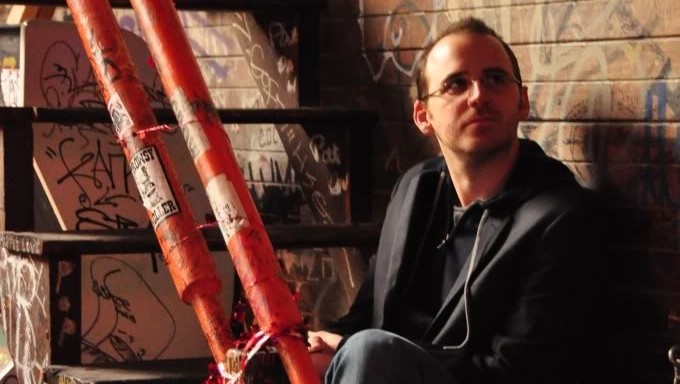I am on vacation — and out of commission — for the next two weeks, so I figured I would use my usual Wednesday space to put together some of the stronger exchanges and sound bites from the first six episodes of the “Telling The Story” podcast.
Last week, I posted the highlights on the topic of the changing landscape of journalism. This week, I present three segments in which some of the finest storytellers around offer their advice for up-and-comers:
“Don’t write to be published”: Andrew Carroll is a great writer, which is somewhat amusing, in that he never really intended to be one. But maybe that’s part of what makes him so good; he writes with a unique style (witness his book, Here Is Where), and he talks with that style as well. He uses lively language and crackling words, and here he offers his keys to becoming a stronger writer — namely, to follow your passion and be a great reader.
CLICK HERE for the full podcast.
“Find that mentor that scares you”: Anne Herbst can do it all — she has worked as a photographer and a one-woman band for TV stations and the major newspaper in Denver. As such, she gets asked for advice — a lot. Naturally, she was prepared when I posited the question to her here. She talks in this exchange, among other things, about finding a mentor who doesn’t pat you on the back.
CLICK HERE for the full podcast.
